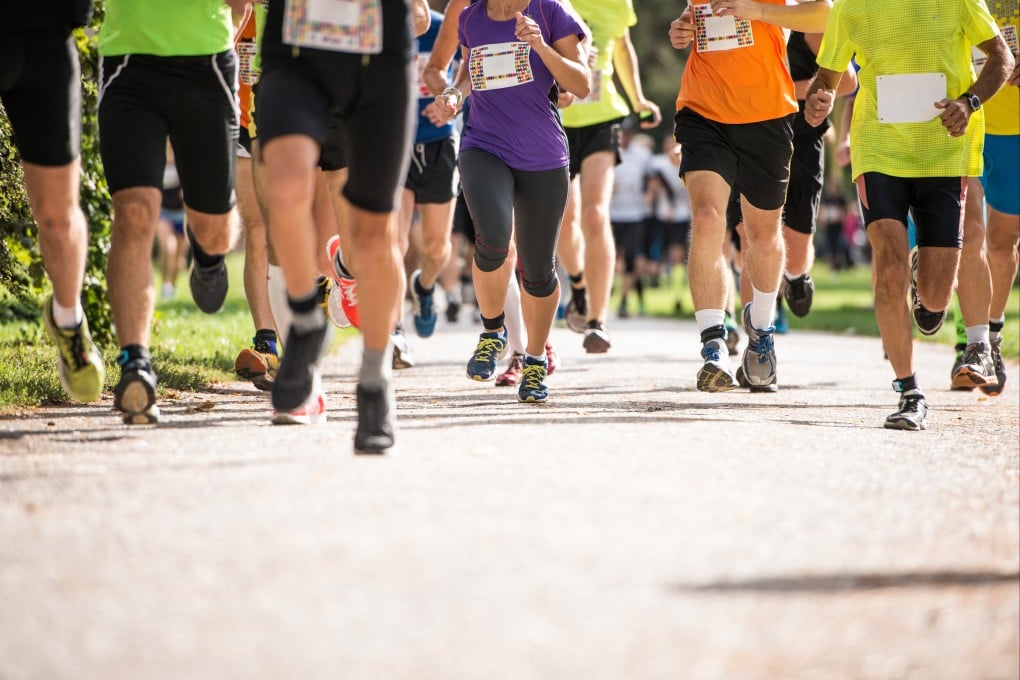Advertisement
Explainer | Five common mistakes runners should avoid to get fitter, faster and stay injury free
- Running might seem simple enough but there are a few common mistakes that may see you plateau or get injured
- It’s crucial to listen to your body, and to not take on too much too soon, while the right shoes can also be a key factor
Reading Time:2 minutes
Why you can trust SCMP

When you start running, it feels great – you get fitter quicker, and want to do more.
But suddenly, the improvements may not come as thick and fast, or you might pick up an injury and lose all your hard-earned fitness gains.
There are a few simple – and easily-remedied – mistakes that you may have been making.
Too much, too soon
First of all, chill out.
Advertisement
The point of all of this is that you want to be running for the rest of your life, so you don’t have to do it all now.

While your cardiovascular system may improve quickly, it takes time for other parts, like your muscles and tendons, to get used to the load as well.
Advertisement
Advertisement
Select Voice
Choose your listening speed
Get through articles 2x faster
1.25x
250 WPM
Slow
Average
Fast
1.25x